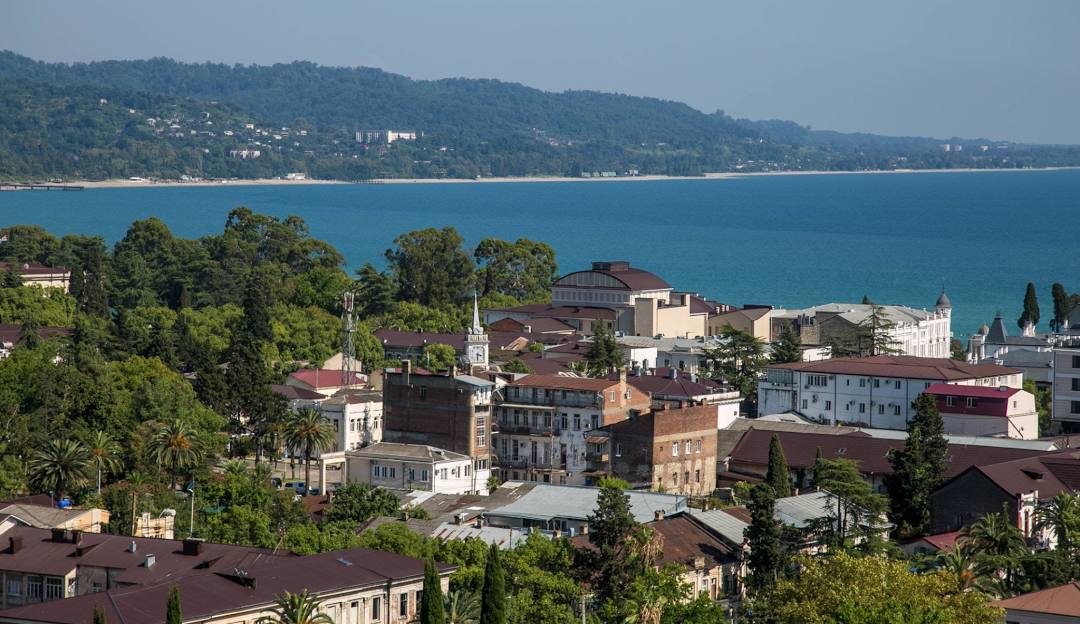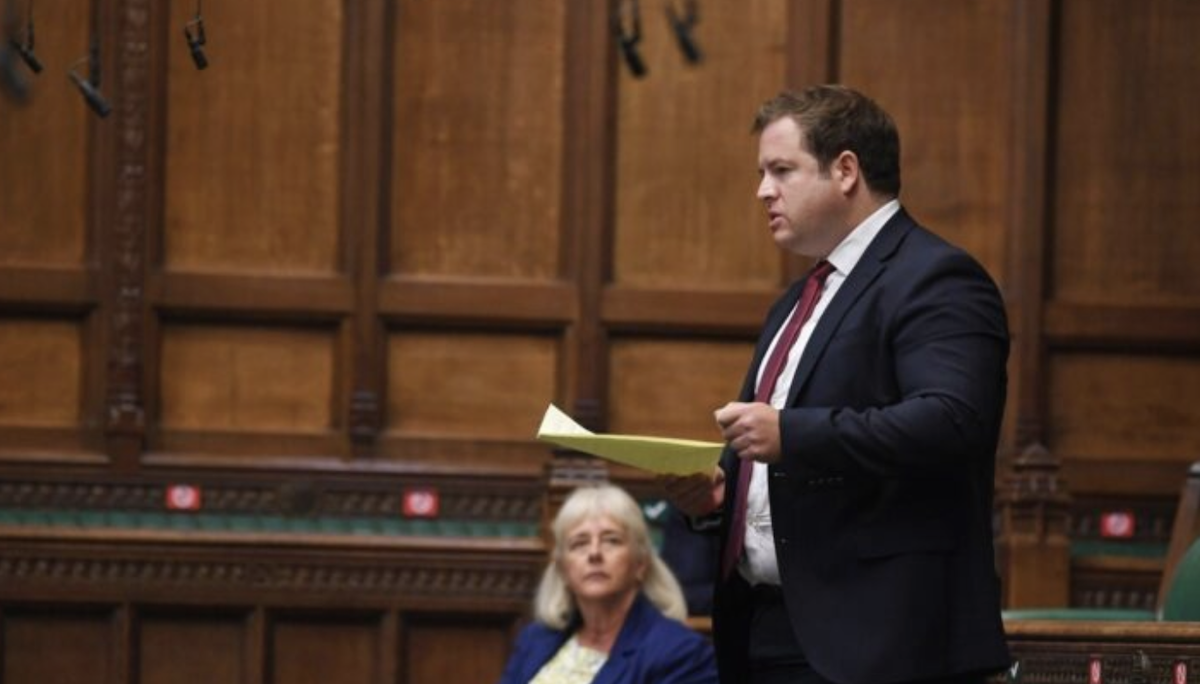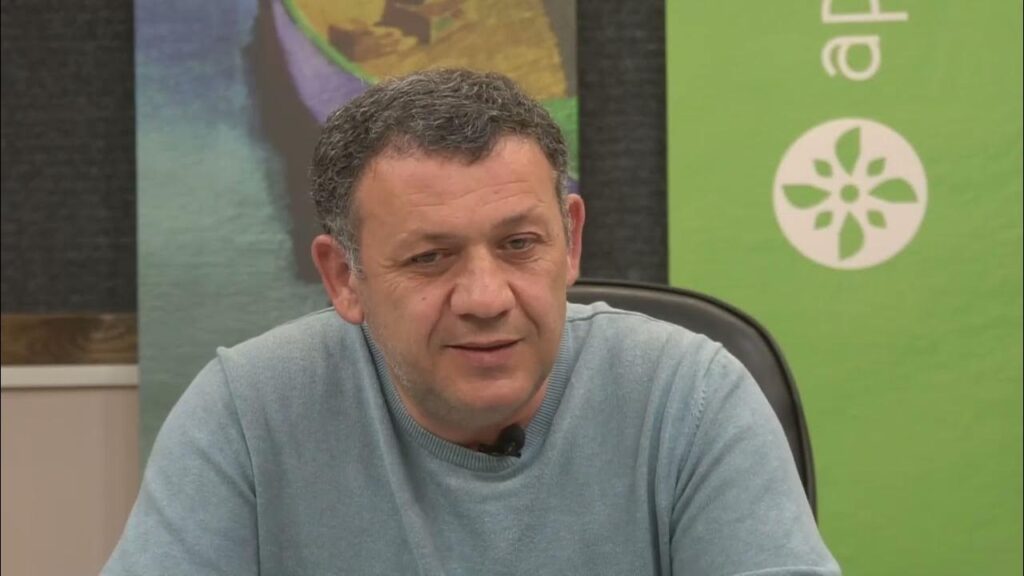'Early marriage, poverty, and stereotypes' – why many girls in Azerbaijan leave school
Girls’ schooling in Azerbaijan
Azerbaijan’s Education Minister, Emin Amrullaev, said that among 15-year-old students, girls score lower than boys in knowledge assessments.
He noted that some attribute this gap to “biological factors,” but identified the main reason as the restrictions—or even outright bans—that girls face from continuing school after completing the ninth grade.
Statistics and Regional Differences
НGovernment websites, including the State Statistics Committee and the Ministry of Science and Education, do not provide separate regional data on girls dropping out of school early.
Official publications focus on the number of schools, student distribution by grade, and attendance, but regional statistics on cases of early school leaving among girls are not published.
As a result, there is no official data on the share or number of girls leaving school in grades 9–11 between 2022 and 2024.
According to official figures, in some districts, significantly fewer girls take the final exams in grade 11 compared with grade 9.
For example, in 2020 in the Sabirabad district, girls made up 46.5% of participants in the ninth-grade exams but only 41.5% in the eleventh grade. In the same year, in the Imishli district, their share fell from 46% to 38.83%.
Education experts also note regional differences. In a 2023 interview published on AzEdu.az, it was reported that early school leaving among girls is most common in the Aran and Mughan regions and in the south of the country, particularly in the districts of Saatly, Sabirabad, Imishli, Beylagan, Astara, Lerik, and Yardimli. While the number of girls in these areas is roughly equal to boys in grade 9, it drops sharply by grade 11.
Overall, the latest data show a significant gap between the number of girls and boys receiving secondary education. According to the Committee on Family, Women, and Children, in the 2023–2024 school year, 794,560 girls and 910,449 boys were enrolled in general education schools, representing a gender gap of 6.8%.
- Millions reported stolen from safe of president of Azerbaijan’s Academy of Sciences’ daughter in Germany
- Ban on mobile phones in Yerevan schools: city hall proposal
- Azerbaijani student in Turkiye faces terrorism charge
Socio-Cultural Reasons
Experts say that social and cultural conditions are the main factors behind the decline in the number of girls in upper secondary grades.
According to a study by AZƏRTAC, the key obstacles to girls’ right to education remain poverty, early marriage, gender-based violence, and outdated stereotypes.
- Early Marriage and Poverty: In many remote areas, families marry off daughters at 14–15 to “ease the financial burden,” forcing girls to leave school.
- Gender-Based Violence: In some families and rural communities, girls face physical or psychological pressure because of their gender, leading them to abandon their studies.
- Outdated Stereotypes: Traditional views assign girls the role of homemakers and mothers, reducing motivation to continue their education.
- Parental and Societal Attitudes: Education Minister Emin Amrullaev also noted that the problem is not only in the education system but in society’s perception of girls’ roles. Misconceptions such as “a woman’s place is to bear children” prevent many girls from continuing school.
These factors are closely interconnected and manifest differently across regions. In the Talysh region, for example, the combination of traditional beliefs and high poverty levels increases the prevalence of early marriages and school dropouts. Experts say that addressing these social barriers is essential to improving the status of girls and ensuring they can continue their education.
Gender imbalance and selective zbortions
The unbalanced sex ratio in Azerbaijan is also reflected in demographic statistics.
According to the State Statistics Committee, between January and June 2025, 53.3% of newborns were boys and 46.7% girls, corresponding to roughly 114–115 boys for every 100 girls.
The UN Population Fund reports that this trend has persisted in the country for many years, making Azerbaijan one of the countries with the highest levels of gender imbalance at birth. Experts link this to the practice of selective abortions.
The Fund estimates that if the trend continues, by 2050 there will be 12,000–15,000 more boys than girls born annually in Azerbaijan.
Addressing this gender imbalance requires legislative changes, as well as educational and media campaigns. However, government measures so far remain superficial and symbolic. Despite claims of awareness campaigns, their real impact, especially in rural areas, is minimal. Feminist organizations and human rights NGOs have repeatedly noted that such initiatives are often formalities, failing to address the root causes of inequality.
Campaigns under slogans like “supporting girls’ education” often turn into PR exercises without tackling structural barriers.
Experts stress that ensuring equal educational opportunities for girls requires legislative reform, strengthened social protection systems, gender-sensitive approaches in education, and long-term community-based programs. The government must approach this not as a “campaign” but as a societal transformation, changing the entire system of social relations.
Gender equality in education cannot be achieved in a few years; it requires decades of consistent and systemic policy. Without government accountability, future generations of girls will face the same barriers.
Girls’ schooling in Azerbaijan


















